Whole food snacks are great for kids as they are nutrient-dense, promote healthy growth and development, and establish healthy eating habits. Snacking is an essential part of every child's daily routine, but not all snacks are created equal. While it's tempting to reach for the convenient pre-packaged snacks, such as chips, candy, and cookies, these foods are often high in sugar, salt, and unhealthy fats.
The ultimate guide to healthy whole food snacks for kids that they'll actually want to eat! Healthy snack ideas for even the pickiest of eaters!
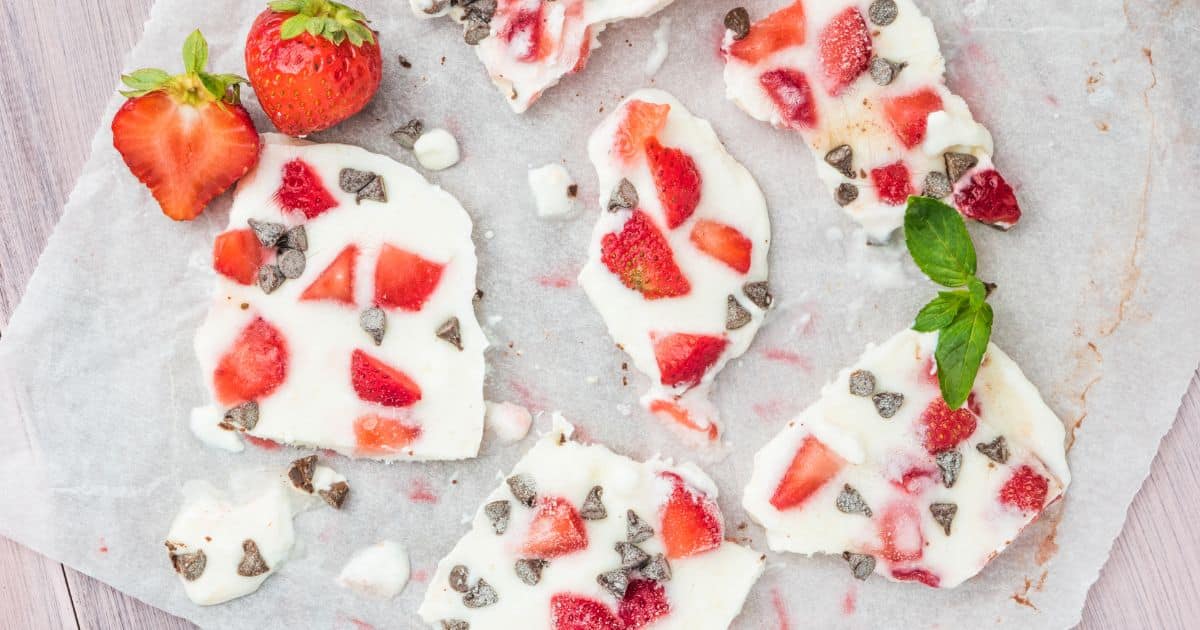
What are Whole Foods Snacks?
Whole foods are foods that are minimally processed and contain no added preservatives, sugars, or other additives. These foods are typically high in fiber, vitamins, and minerals and are essential for a healthy diet. Examples of whole foods include fruits, vegetables, nuts, seeds, whole grains, and lean proteins.
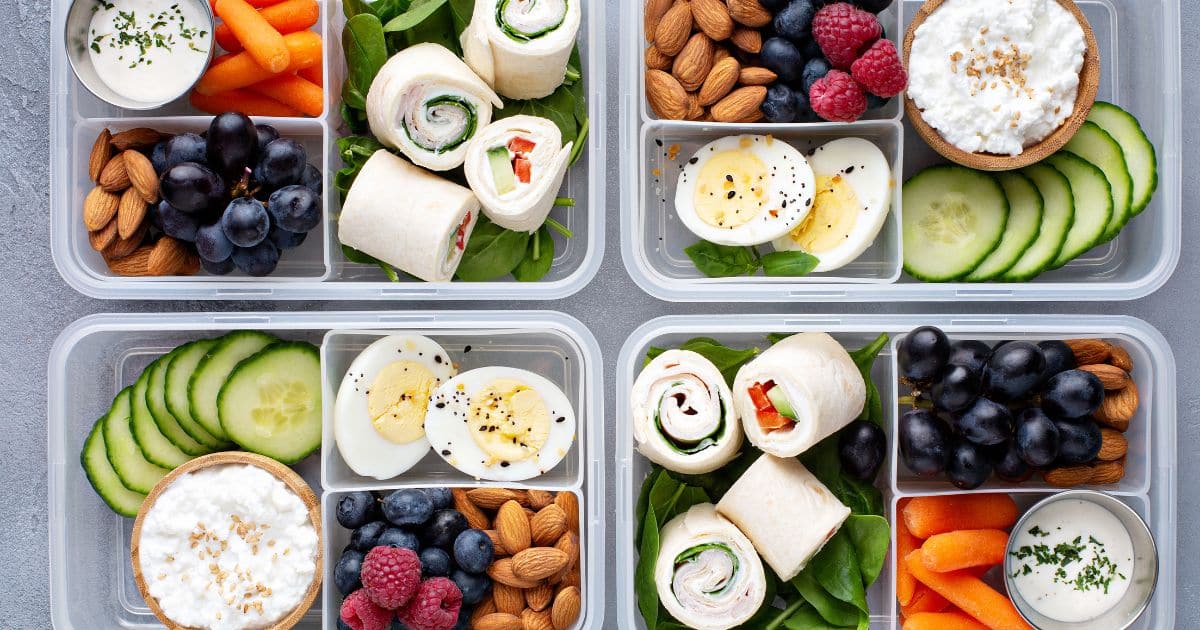
Choosing Healthy Whole Food Snacks for Kids
- Nutrient-dense: Whole food snacks are packed with essential nutrients that kids need to grow and thrive. Fruits and vegetables, for example, are rich in vitamins, minerals, and fiber, while nuts and seeds provide healthy fats and protein.
- Sustained energy: Whole food snacks provide sustained energy to keep kids going throughout the day. Unlike sugary snacks, which provide a quick burst of energy followed by a crash, whole food snacks provide long-lasting energy that helps kids stay focused and alert.
- Improved digestion: Whole food snacks are rich in fiber, which is essential for good digestion. Fiber helps keep the digestive system functioning properly, promotes regular bowel movements, and can even help prevent constipation.
- Better overall health: Eating a diet rich in whole foods has been linked to a lower risk of chronic diseases such as heart disease, diabetes, and certain types of cancer. By choosing healthy whole food snacks for kids, you can help promote overall health and reduce the risk of these and other diseases.
- Positive impact on mental health: Good nutrition is essential for good mental health. Studies have shown that a diet rich in whole foods can help reduce the risk of depression and other mental health disorders. Choosing healthy whole food snacks for kids can help promote a positive mood and reduce the risk of mental health problems.
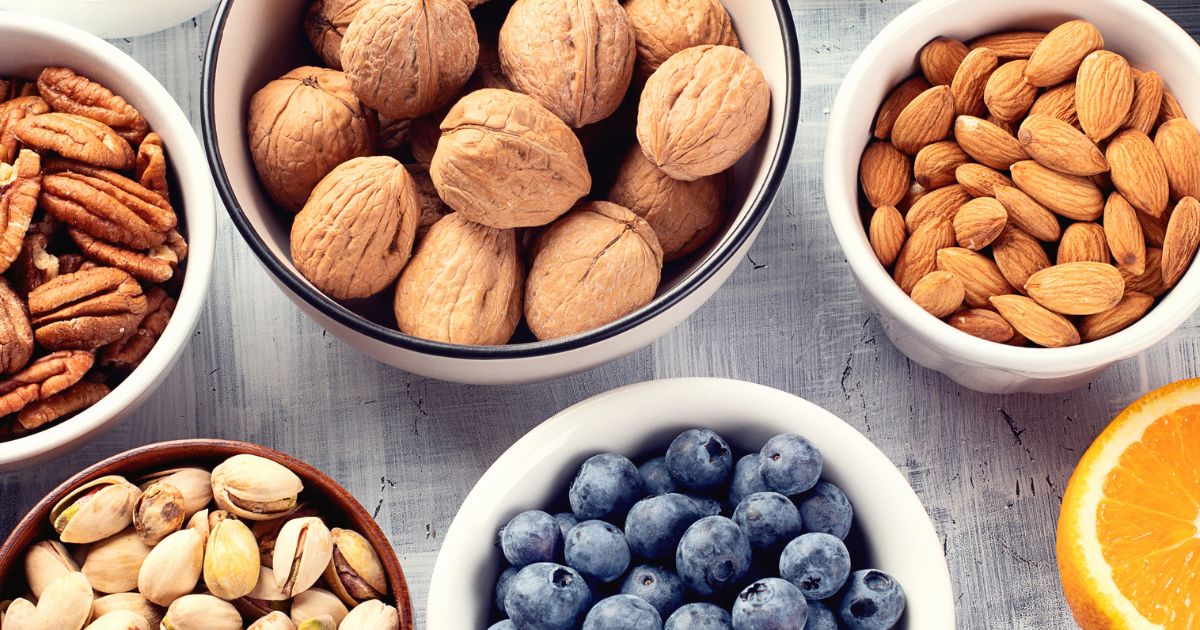
Healthy Whole Food Snack Ideas for Kids
- Fresh fruits: Fresh fruits such as apples, bananas, oranges, and berries make great snacks. They are easy to pack and provide a natural source of sweetness.
- Vegetables: Vegetables such as carrots, celery, and cucumber can be cut up and served with hummus or another healthy dip. These snacks provide essential vitamins and minerals while also promoting good digestion.
- Nuts and seeds: Nuts and seeds such as almonds, walnuts, and pumpkin seeds provide healthy fats, protein, and fiber. They make a great snack on their own or can be added to trail mix or granola bars.
- Whole grain crackers: Whole grain crackers provide fiber and complex carbohydrates. Look for crackers made from whole grains such as quinoa, brown rice, or whole wheat.
- Yogurt: Yogurt provides protein and probiotics, which are essential for good digestion. Look for plain yogurt and add fresh fruit or a drizzle of honey for sweetness.
Choosing healthy whole food snacks for kids is essential for promoting good health and well-being. Whole foods provide essential nutrients, sustained energy, and improved digestion, while also reducing the risk of chronic diseases and promoting positive mental health. By incorporating healthy whole food snacks into your child's daily routine, you can help promote a lifetime of good health. For more information, here's a helpful Nutritional Guideline for Kids at Any Age from the Cleveland Clinic.

Whole Grain Snack Ideas
Whole grains are a nutritious and healthy food option for kids. Here are some reasons why:
- Rich in Nutrients: Whole grains are a great source of nutrients, such as fiber, vitamins, and minerals. They contain more nutrients than processed grains, which are stripped of their nutrient-rich bran and germ.
- Promotes Digestive Health: Whole grains are a good source of fiber, which promotes digestive health by keeping the digestive system healthy and preventing constipation.
- Sustained Energy: Whole grains are a good source of complex carbohydrates, which provide sustained energy throughout the day, helping kids to stay active and focused.
- Helps in Weight Management: Whole grains have a low glycemic index, which means they keep kids feeling fuller for longer and prevent overeating, leading to healthy weight management.
- Reduces the Risk of Chronic Diseases: Whole grains have been linked to a reduced risk of chronic diseases, such as heart disease, diabetes, and certain types of cancer.
Overall, whole grains are an excellent food choice for kids due to their nutrient content, ability to promote digestive health, sustained energy, and long-term health benefits.
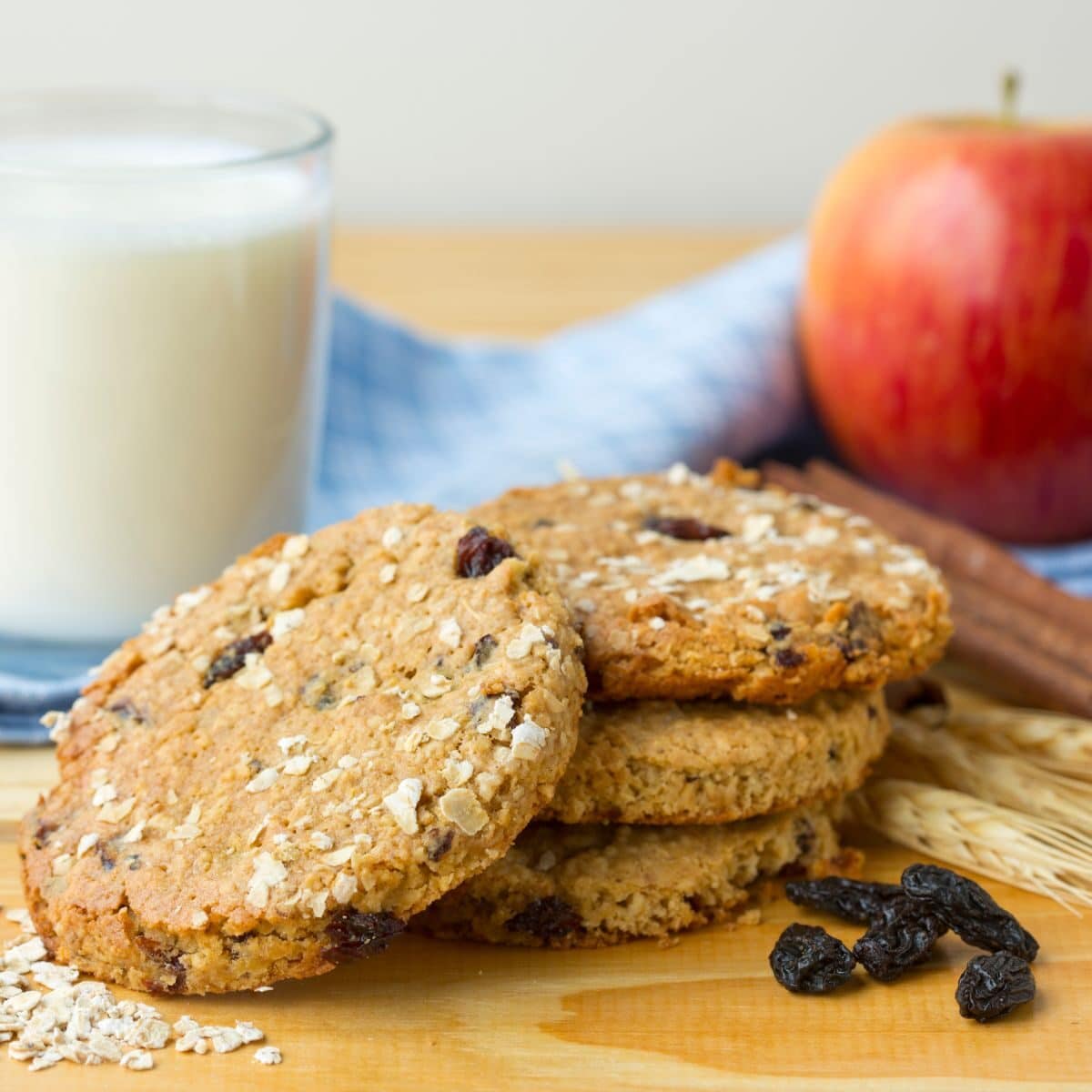
Healthy Whole Grain Snack Ideas for Kids:
- Healthy Banana Blueberry Oatmeal Muffins
- Simple Chocolate Chip Oatmeal Banana Bread
- Banana Oat Bars with Peanut Butter Drizzle
- Gingerbread Muffins (Whole-Wheat)
- Easy Banana Nut Bread with Pecans
- Healthy Hemp Granola
- Healthy Blueberry Oatmeal Breakfast Bars
- Easy Apple Mug Cake
- Best Ever Oat Flour Pancakes
- Best Ever Vegan Vanilla Mug Cake
- Healthy Honey Mug Cake

Fruits are a Healthy Choice for Snacking
- Nutrient-dense: Fruits are packed with vitamins, minerals, fiber, and antioxidants that are essential for growth and development. These nutrients support healthy bones, skin, and the immune system.
- Low in calories: Most fruits are low in calories and high in fiber, making them a great snack option for kids. Eating fruits instead of sugary snacks can help maintain a healthy weight and reduce the risk of childhood obesity.
- Energy booster: Fruits contain natural sugars that provide a quick burst of energy. Unlike refined sugars, which cause a spike in blood sugar levels, the natural sugars in fruits are absorbed slowly, providing sustained energy.
- Hydration: Many fruits, such as watermelon and grapes, are high in water content. This helps keep kids hydrated, especially during hot weather.
- Easy to digest: Fruits are easy to digest and can help prevent constipation in kids.
Overall, incorporating fruits into a child's diet can provide a variety of health benefits and promote overall well-being.
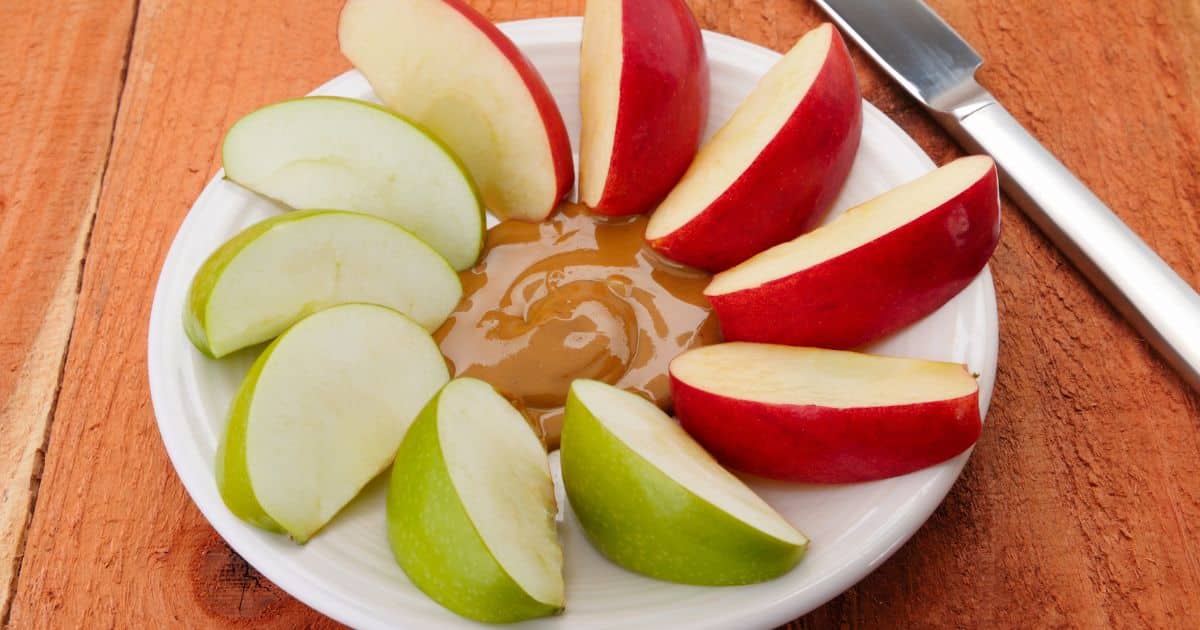
Healthy Fruit Snacks for Kids
- Apple slices with almond butter
- Banana and strawberry kabobs
- Clementines or mandarins
- Homemade fruit salad (e.g., chopped watermelon, cantaloupe, honeydew, and berries)
- Mango slices with a squeeze of lime juice
- Pear slices with cheese cubes
- Pineapple chunks with unsweetened coconut flakes
- Frozen grapes or berries
- Raspberries or blackberries with a dollop of whipped cream
- Sliced peaches with yogurt and honey
- Kiwi slices with a drizzle of honey
- Cherry tomatoes with a side of hummus
- Baked apple chips
- Frozen banana slices dipped in chocolate and sprinkled with chopped nuts.
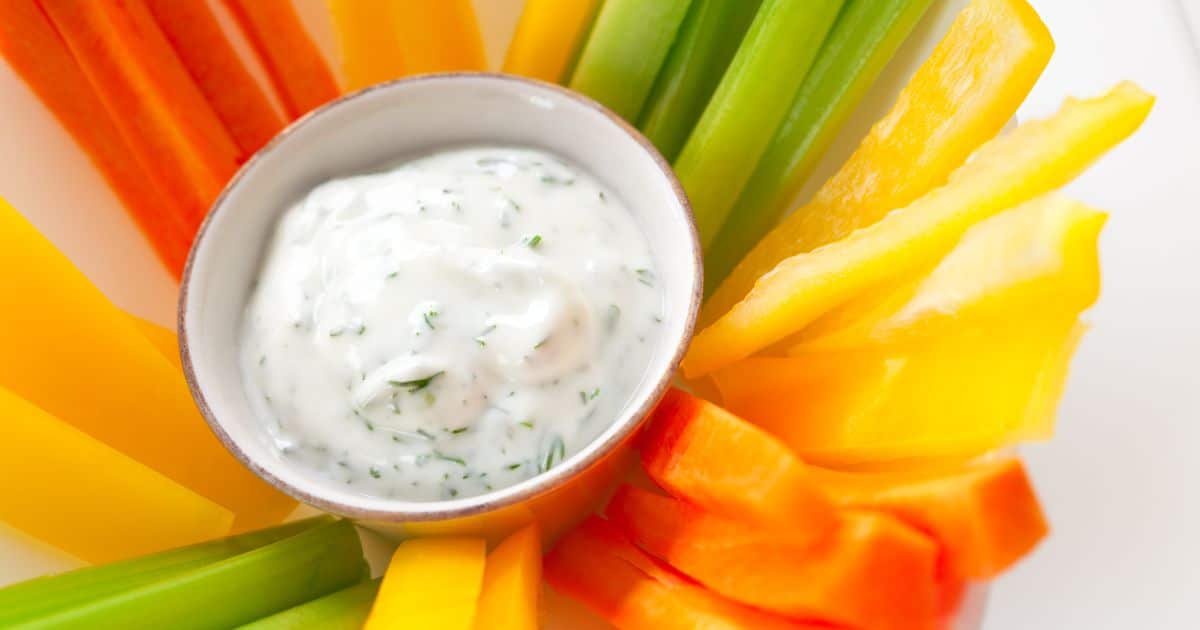
Vegetable Make Great Snacks For Kids
First and foremost, vegetables are packed with essential vitamins and minerals that growing bodies need. By snacking on veggies, kids can help ensure that they're getting the nutrients they need to support healthy development.
In addition to their nutritional value, vegetables also have a number of other benefits. For one, they're generally low in calories and high in fiber, which means they can help kids feel full and satisfied between meals. This can be especially helpful for kids who are prone to overeating or who need a little extra help managing their weight.
Of course, getting kids to eat vegetables isn't always easy. One way to encourage them is to involve them in the process of selecting and preparing their snacks. Take them to the farmer's market or grocery store and let them choose a few different veggies to try. Then, have them help wash, chop, and arrange the veggies on a plate. Making vegetables a fun and interactive part of snack time can help kids develop a positive attitude toward healthy eating habits that will last a lifetime.
Vegetable Snack Ideas for Kids
- Everything Bagel Cucumber Sandwiches
- Crispy Baked Carrot Fries
- Carrot sticks with hummus or ranch dressing
- Cucumber slices with cream cheese or tzatziki sauce
- Cherry tomatoes with balsamic vinegar or a sprinkle of salt
- Bell pepper slices with guacamole or salsa
- Celery sticks with peanut butter or almond butter
- Snap peas with a squeeze of lemon juice
- Edamame pods with a sprinkle of sea salt
- Roasted cauliflower or broccoli florets with a drizzle of olive oil
- Sweet potato fries baked in the oven with a sprinkle of cinnamon and sea salt
- Zucchini chips baked in the oven with a sprinkle of Parmesan cheese.
Remember to offer a variety of vegetables and let your child choose their favorites. Also, try to involve your child in the preparation process so they can learn to enjoy healthy foods and be more willing to try new things.
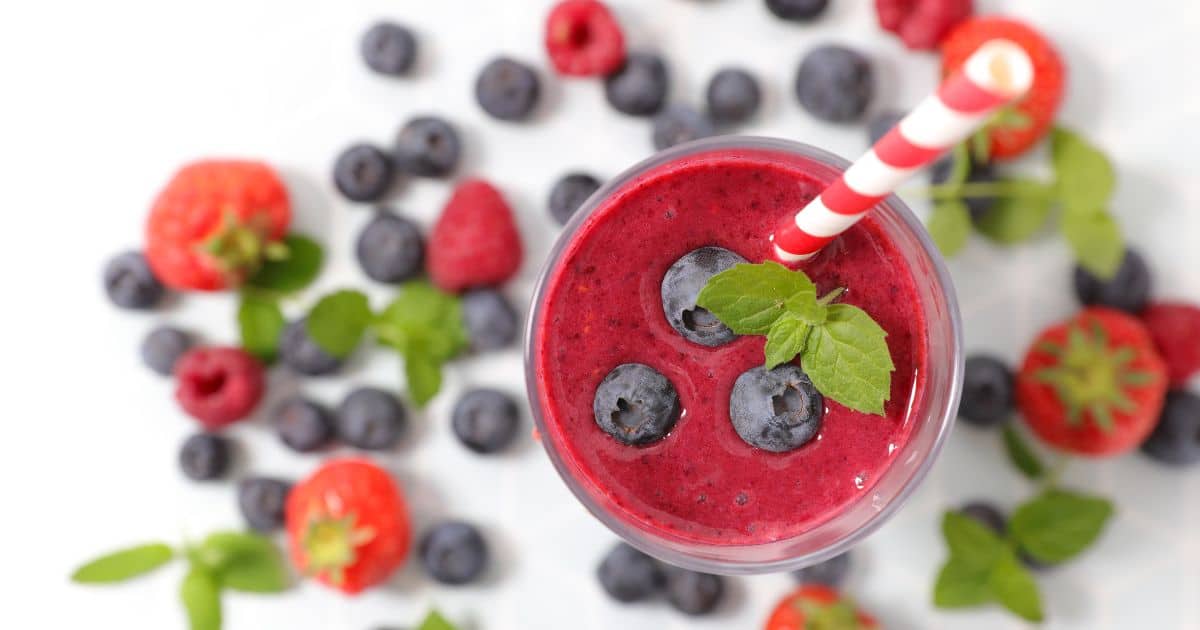
Whole Food Smoothies
Whole food smoothies can be an excellent choice for kids because they provide a convenient way to pack a lot of nutrients into one drink. Here are some reasons why:
- Nutrient-dense: Whole food smoothies are typically made with whole fruits and vegetables, which are rich in essential vitamins, minerals, and fiber. By blending these foods together, you create a drink that is packed with nutrients.
- Easy to digest: Smoothies are already partially broken down, which makes them easier for the body to digest. This can be especially beneficial for kids who may have trouble chewing or digesting certain foods.
- Good for picky eaters: Many kids can be picky eaters and may not get all of the nutrients they need from their diet. Whole food smoothies can be a great way to sneak in some extra fruits and vegetables that they might not otherwise eat.
- Promotes hydration: Kids often don't drink enough water throughout the day, but smoothies can help with hydration. Adding water, coconut water, or unsweetened almond milk to your smoothie can make it a hydrating beverage for your child.
- Convenient: Whole food smoothies are quick and easy to make, and can be taken on the go. This can be a great option for busy parents or for kids who are always on the move.
It's important to note that not all smoothies are created equal. Some smoothies can be high in sugar if they contain added sugars or sweeteners. To make a healthy smoothie, choose whole fruits and vegetables, add some healthy fats and protein, and avoid adding extra sugars.
Here are some healthy smoothie recipes for kids:
- Creamy Apple Strawberry Smoothie
- Healthy Mango Spinach Smoothie
- The Best Orange And Banana Oat Milk Smoothie
- Refreshing Kale Apple Smoothie
- Incredible Iron-Rich Tropical Green Smoothie
- Triple Berry Smoothie with Pomegranate
- The Best Green Smoothie
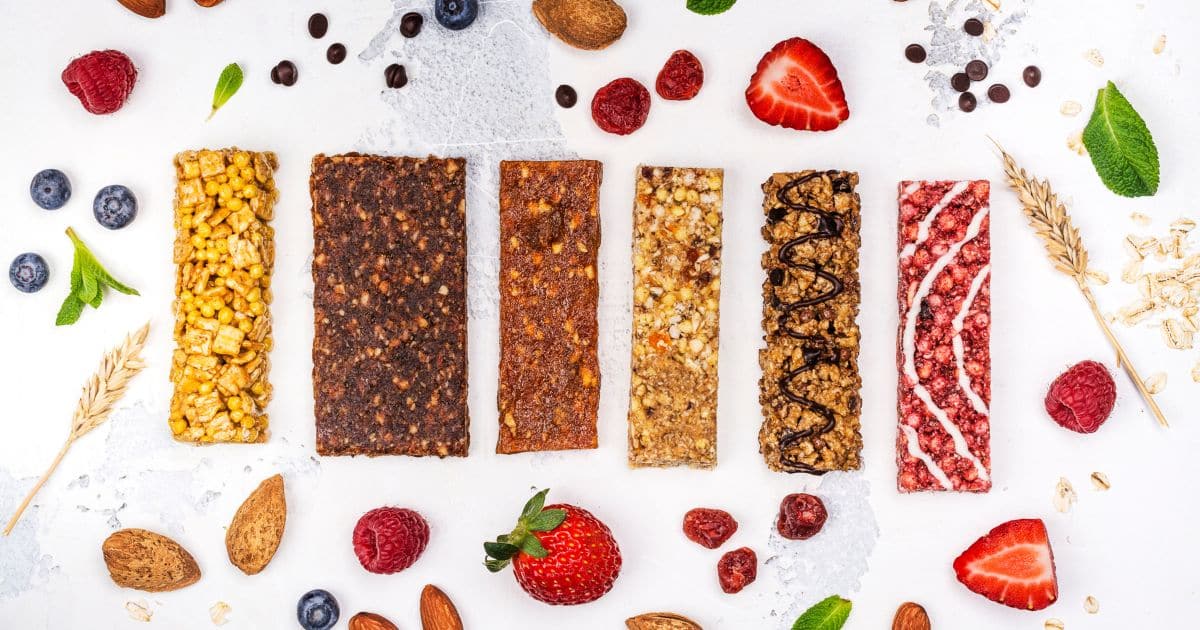
Healthy Whole Food Panty Staples to Keep on Hand
Choosing healthy grab-and-go pantry snacks for kids can be a challenge, but here are some tips to help:
- Look for whole foods: Choose snacks that are made from whole foods, such as fruits, vegetables, nuts, and seeds. These snacks provide important nutrients and fiber, which can help keep kids full and energized.
- Watch out for added sugars: Many packaged snacks contain added sugars, which can contribute to obesity and other health problems. Look for snacks that are low in added sugars, or choose snacks that are sweetened naturally with fruit.
- Choose snacks with protein: Protein is important for building and repairing tissues in the body, and it can also help kids feel full longer. Look for snacks that are high in protein, such as nut butters, Greek yogurt, and hard-boiled eggs.
- Check the ingredient list: Be sure to read the ingredient list on packaged snacks. Look for snacks that have a short list of recognizable ingredients and avoid snacks with added preservatives, artificial colors, and flavors.
- Consider portion sizes: It's easy to overdo it with snacks, especially when they are convenient and tasty. Choose snacks that come in portion-controlled sizes or portion out snacks into small containers to help kids avoid overeating.

Some healthy grab-and-go pantry snack ideas for kids include:
- Ultimate Oat Flour Banana Bread
- Healthy No-Bake Peanut Butter Oatmeal Bars with Cacao Nibs
- Homemade Tortilla Strips (Healthy)
- Easy Homemade Granola
- Dark Chocolate Bark with Toasted Quinoa, Oats, & Seeds
- Fresh fruit, such as apples, bananas, and berries
- Raw veggies, such as baby carrots, cherry tomatoes, and cucumber slices
- Nuts and seeds, such as almonds, cashews, and sunflower seeds
- Nut butters, such as peanut butter and almond butter
- Greek yogurt or cottage cheese
- Cheese sticks or cubes
- Hard-boiled eggs
- Whole grain crackers or rice cakes
- Popcorn (look for low-salt and low-butter options)

High Protein Snacks for Kids
Protein is an essential nutrient that plays a crucial role in the growth and development of children. It helps build and repair tissues, boosts the immune system, and supports healthy bones and muscles. Providing protein-rich snacks is a great way to ensure that your child is getting the nutrition they need to thrive. Here are some ideas for protein-rich whole food snacking for kids:
- Growth: Protein is needed for building and repairing tissues in the body, including muscles, bones, and organs. This is especially important during periods of rapid growth, such as infancy, childhood, and adolescence.
- Energy: Protein provides energy for kids, helping to keep them active and alert throughout the day.
- Immune system: Protein is needed to make antibodies, which help to fight off infections and keep the immune system healthy.
- Brain development: Protein is important for the development and function of the brain and nervous system.
- Hormones: Protein is needed to make hormones, which regulate various functions in the body, such as growth and metabolism.
It's important for kids to get enough protein in their diet to support their growth and development. The amount of protein they need depends on their age, gender, and activity level. Generally, kids should aim to get about 10-30% of their daily calories from protein.
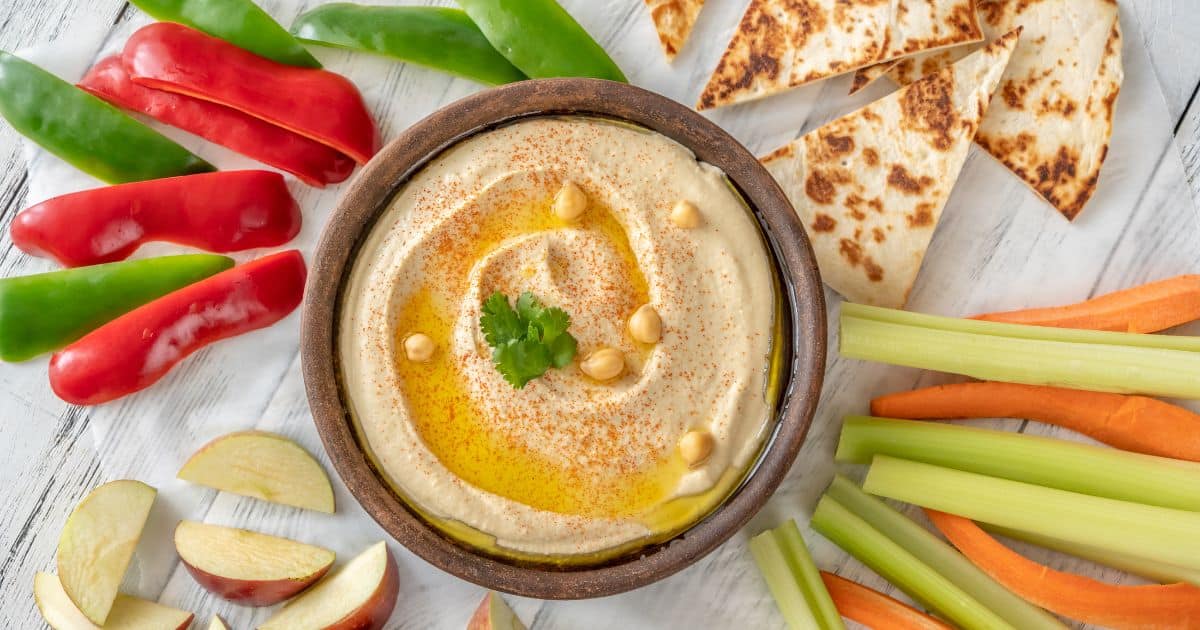
Protein Rich Whole Food Snack Ideas for Kids
- Easy Protein Blueberry Muffins {gluten-free}
- Greek Yogurt Bowls with Warm Berry Sauce
- Hard-boiled eggs: A single large egg contains about 6 grams of protein, making it a great protein-rich snack option.
- Greek yogurt: Greek yogurt is a high-protein food that can be eaten plain or mixed with fruit for added sweetness. It typically contains around 15-20 grams of protein per 6-ounce serving.
- Roasted chickpeas: Chickpeas are a great plant-based source of protein, and roasted chickpeas make for a delicious and crunchy snack. One cup of chickpeas contains around 14 grams of protein.
- Cheese sticks: Cheese sticks are a convenient and tasty way to add protein to your child's snack. One stick of string cheese typically contains around 8 grams of protein.
- Almonds: Almonds are a great source of protein and healthy fats, making them an ideal snack for kids. One ounce (about a handful) of almonds contains around 6 grams of protein.
- Turkey roll-ups: Roll up some sliced turkey with cheese and veggies for a protein-packed snack that is also low in carbs. Turkey contains around 7 grams of protein per ounce.
- Peanut butter on apple slices: Apples are a great source of fiber, and when paired with peanut butter, they also make for a protein-rich snack. Two tablespoons of peanut butter contains around 8 grams of protein.
- Hummus and veggies: Hummus is made from chickpeas, making it a protein-rich dip that pairs well with raw veggies like carrots, cucumbers, and peppers.
- Cottage cheese: Cottage cheese is another high-protein snack that can be eaten plain or mixed with fruit for added sweetness. A half-cup of cottage cheese contains around 14 grams of protein.
- Tuna salad on crackers: Tuna is a great source of protein, and when mixed with some Greek yogurt and chopped veggies, it makes for a delicious and filling snack. Spread the tuna salad on some whole-grain crackers for added fiber.
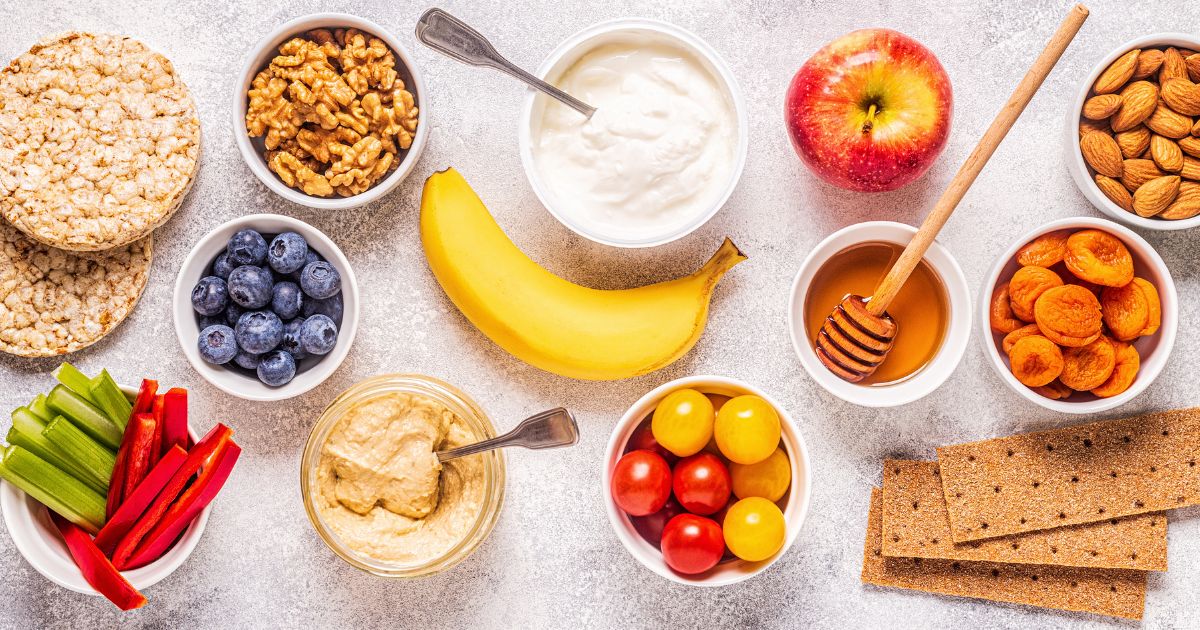
One great option for a balanced snack is a piece of fruit paired with some nuts or seeds. Apples, bananas, and oranges are all great choices that are easy to take on the go. Pair them with almonds, walnuts, or pumpkin seeds for a snack that will keep you feeling full and satisfied.
Another idea is to go for a protein-packed snack like Greek yogurt or a hard-boiled egg. You can also try hummus with carrot sticks or whole-grain crackers for a filling snack that's high in fiber and protein.
If you're craving something sweet, try a small serving of dark chocolate paired with a handful of berries or a sliced pear. Dark chocolate is packed with antioxidants, and the fruit will give you a boost of vitamins and fiber.
Remember, a balanced snack should include a mix of protein, fiber, and healthy fats. By choosing snacks that are high in these nutrients, you'll feel fuller for longer and be less likely to reach for unhealthy options later in the day.
Getting kids to eat healthier is essential for their growth and development. One way to encourage healthy eating habits is by involving them in meal planning and preparation, making healthy foods fun and appealing, and offering a variety of healthy options. Additionally, being a good role model, limiting sugary drinks and snacks, and avoiding forcing kids to clean their plates can help develop a lifelong habit of healthy eating. However, it's important to be patient and persistent, as it may take time for kids to develop a taste for healthier foods. By making small changes and encouraging healthy choices, parents and caregivers can help their children establish healthy eating habits that will benefit them throughout their lives.

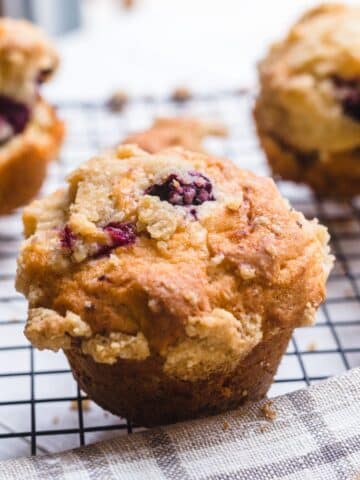
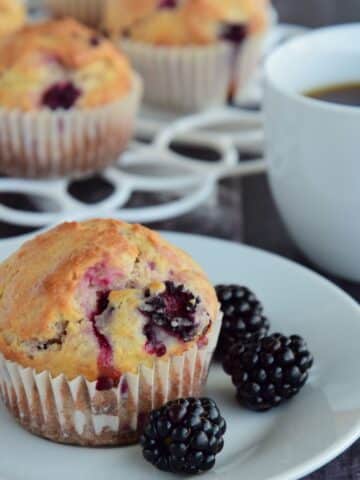
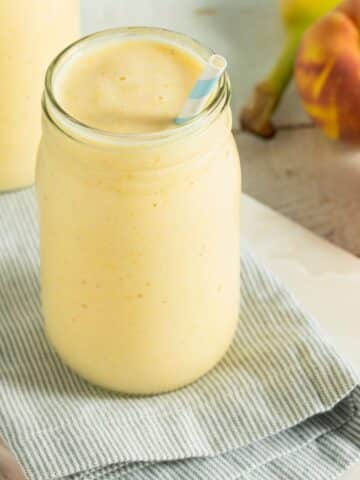

Jodi says
This is a great article and very helpful. Thank you!
Jessica says
Thank you!